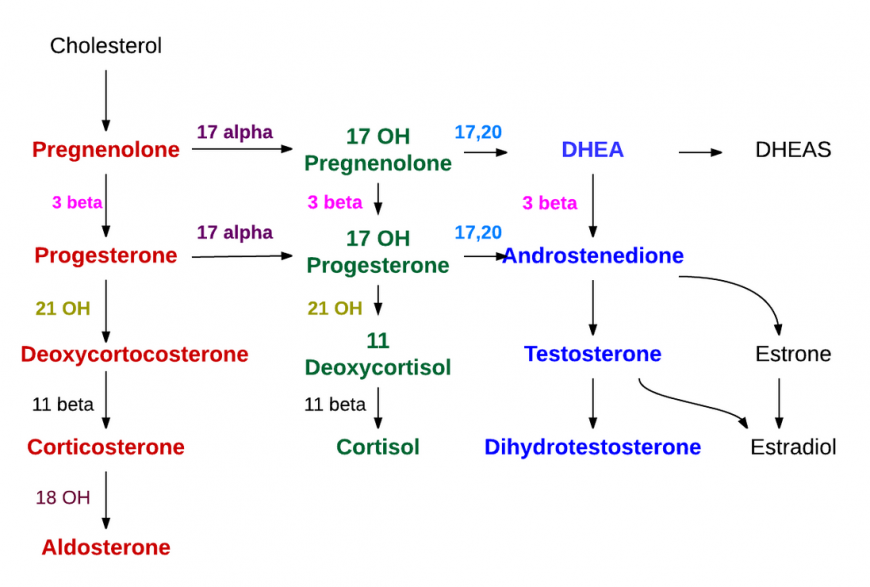

It can bring about a change in hormone production somewhere else in the system by releasing its own ‘stimulating’ hormones. It oversees the other glands and keeps hormone levels in check. Pituitary gland – is inside the brain.The main glands and organs of the endocrine system include: The pituitary gland is well known for its feedback loops. This effect on the organ feeds back to the original signal to control any further hormone release. The released hormone then has its effect on other organs. The release of hormones is regulated by other hormones, proteins or neuronal signals. One way this is achieved is through ‘feedback loops’. The endocrine system is a tightly regulated system that keeps the hormones and their effects at just the right level. The hormones can set off a cascade of other signaling pathways in the cell to cause an immediate effect (for instance, insulin signaling leads to a rapid uptake of glucose into muscle cells) or a more delayed effect (glucocorticoids bind to DNA elements in a cell to switch on the production of certain proteins, which takes a while to produce).

If the hormone fits the cell wall, then it will work. A hormone can be thought of as a key, and its target site (such as an organ) has specially shaped locks on the cell walls.

The endocrine system works with the nervous system and the immune system to help the body cope with different events and stresses. The hormone can also create changes in the cells of surrounding tissues (paracrine effect). Hormones can be thought of as chemical messages.įrom the blood stream, the hormones communicate with the body by heading towards their target cell to bring about a particular change or effect to that cell. Endocrine glands make chemicals called hormones and pass them straight into the bloodstream.


 0 kommentar(er)
0 kommentar(er)
